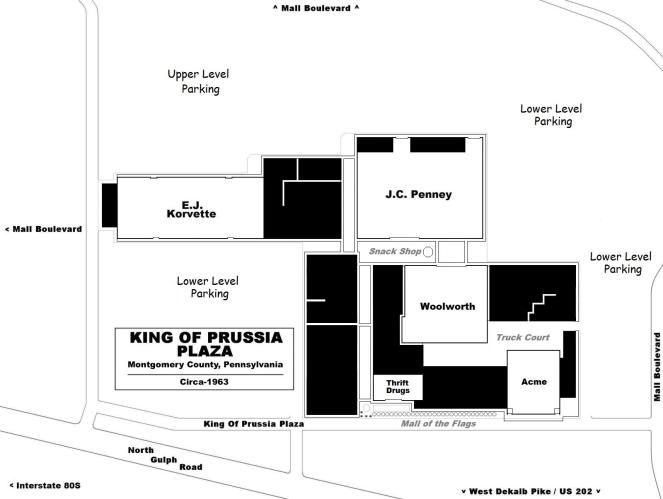Way back when in high school, I was on stage crew for the school’s productions. What I realized was that after doing that for several years, whenever I went to a Broadway show or musical, I would be at least as interested in how the crew handled the sets and lighting and sound as I was with the show itself.
Similarly, at this time of year, as I walk around a mall or shopping center, I pay probably more attention to the centers’ operations as I do to the merchandise (that actually is part of the operations). What actually triggered this line of thought was an article this week on Business Insider:
“The end-of-the-year retail bump is a lie we’ve been told for decades” –
It is worth a read, but, for those of us operating in this industry, there is no lie. Year after year. With the exception of a few retail categories that remain steady throughout the year, or some retail properties that are destinations at certain times of the year, we can consistently see that many of the mall and strip center “goods” type tenants experience this retail bump, doing 19+% of their annual sales in December and a little more than 12% of their sales in November. Throw in 8% for October, and you are pushing 40% for one quarter. If you do 40% in the 4th quarter, that leaves 60%, or an average of 20% per quarter for the other three quarters. Nearly a 100% increase over the other quarters is real, and critical.
But, what else do I think about as I walk through the malls and strips? That despite the fact that it may be the coldest part of the year, the HVAC units and central plants may be working their hardest as the heat generated by the sheer volume of people makes it work overtime. (Christmas shopping is not Christmas shopping for me without sweating in a mall because the HVAC can’t keep up and I have a winter jacket on!) And, speaking of overtime, what is happening with the additional hours that the centers operate? In the days when the majority of tenants were on prorata CAM in malls, the extra hours were paid prorata by the tenants. But, with the majority of mall tenants on fixed CAM, if the initial CAM did not consider the additional hours, the landlord will absorb the expenses. I think about the tenants that are opening late in the year and getting the benefit of a disproportionate amount of sales early on – how are they paying percentage rent. As we experienced the past two days here in Atlanta, I think about the costs of snow removal and whether it will be a disproportionate year. Do the properties leases allow, despite fixed CAM, a billing of snow related expenses for exceptional expense years? I think about the properties, mostly strips, that are still on prorata CAM and whether the holiday décor is defined as part of CAM, or whether it is purely a landlord expense, or whether they may be making a marketing contribution and it’s covered by that. I think about the Santa displays and the holiday village displays and where they are stored throughout the year, and whether the landlord owns the displays or leases them, or whether the temporary tenant that operates the Santa village owns the displays and that is part of their cost of doing business. I think about the gift cards being purchased, and that the sale of those gift cards is not a reportable sale until they are redeemed. But then, what portion are never redeemed, and does the tenant turn the unclaimed dollars over to the state as they may be required. And, I do think about the impact that online sales has on our industry – that the strongest properties will continue to get stronger and that the media will focus on the weakest properties that maybe should never have been built in the first place and their struggles supposedly indicating the death of retail.
In any event, you probably don’t want to go Christmas shopping with me because my mind will clearly be wondering. But as you go yourself, think about the time and effort the property managers and the marketing managers and the leasing staff and the temporary leasing staff have put in to making a great holiday shopping experience.
And, give a special shout out to the operations managers and HVAC engineers trying to keep you cool!




